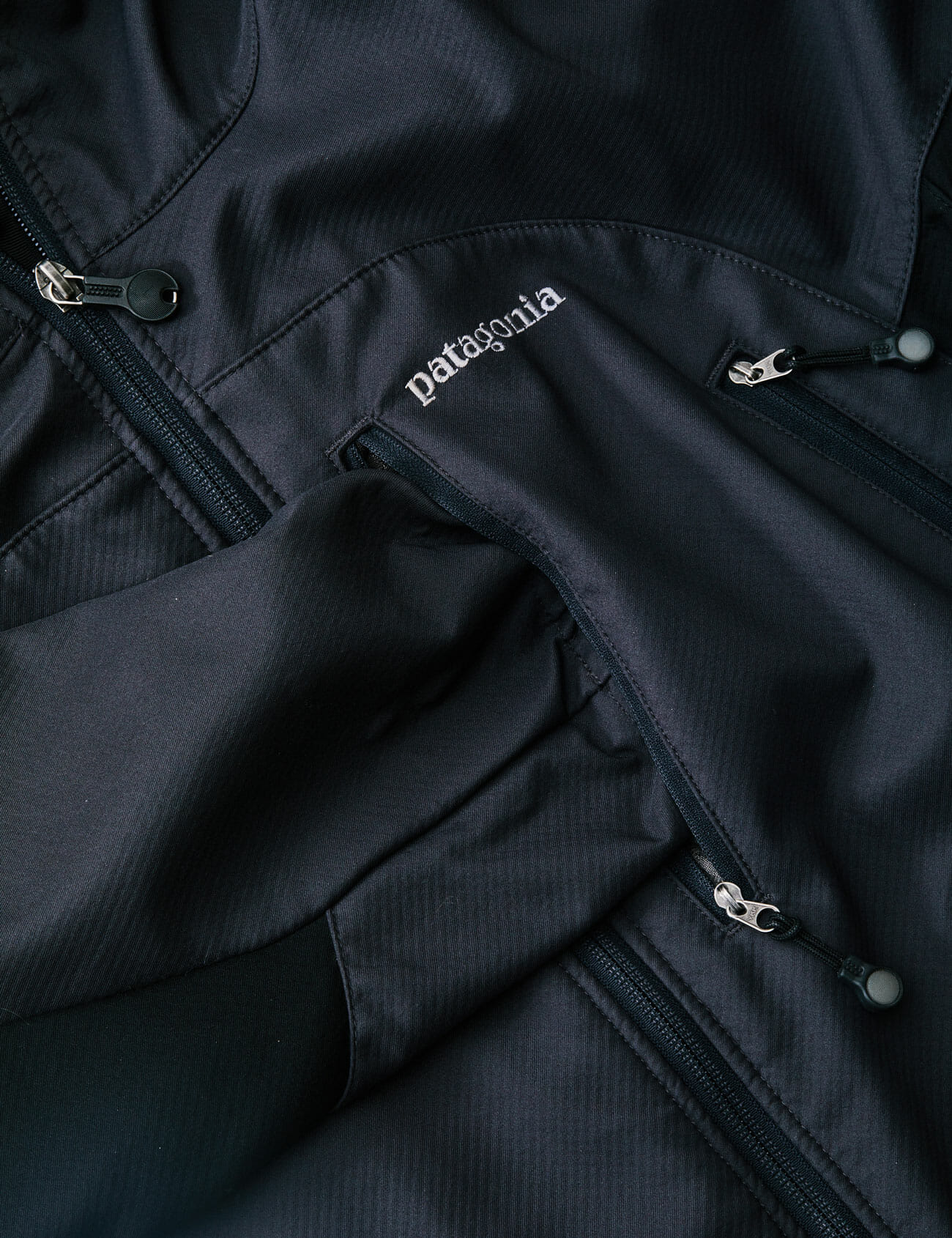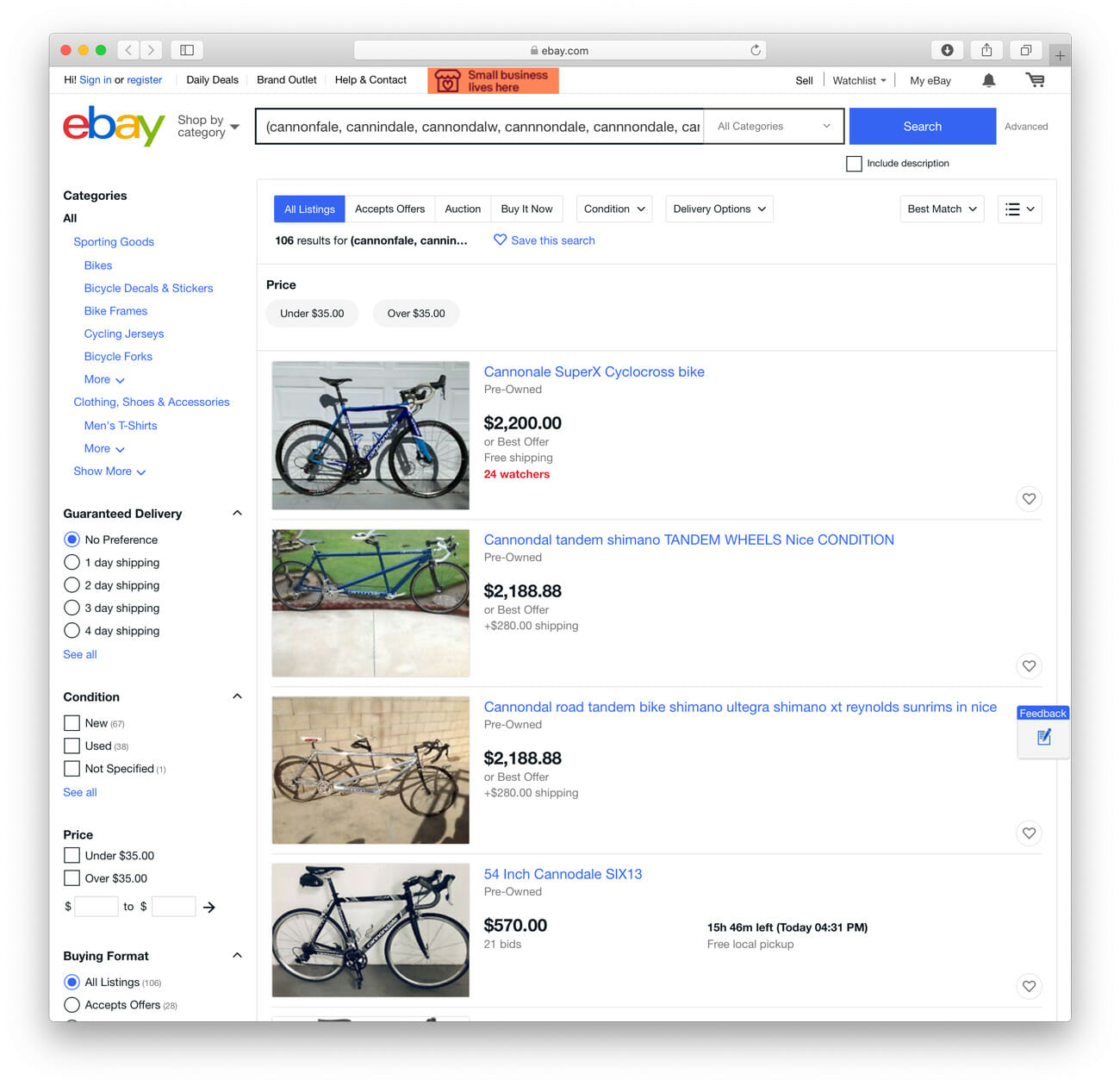Welcome to Further Details, a series dedicated to ubiquitous but overlooked elements hidden on your favorite products. This week: a jacket pocket named after a legendary French conqueror.
As great as it must be to have a monument or statue erected in your honor, one of the cooler ways to make a mark on history is having an object bear your name. You may not know anything about Adolphe Sax or the Jacuzzi brothers, but it’s pretty easy to associate them with iconic inventions.
Ironically, a much more famous gentleman is inseparable from a comparatively humble but incredibly handy innovation. I’m talking about France’s greatest conqueror — and the outdoor industry’s not-so-secret name for that zippered compartment on the left chest of so much outerwear: the Napoleon pocket.
When I started researching this term, I had no idea the rabbit hole into which I was descending. But having conferred with industry veterans, journalists, fashion historians and the like, here’s what I’ve learned about this staple of just about any fleece, mid-layer or ski jacket you come across these days. Thoughts and theories abound.
“It’s a nod to the portrait of Napoleon Bonaparte, and is actually a bit of a misnomer, considering he’s not actually reaching into a pocket at all, but just reaching into his unbuttoned jacket,” explains Kyle Parker, senior category manager at The North Face. “Some say it was a way of looking more distinguished, while others have speculated it’s actually due to a skin irritation caused by the fibers of his clothes.”
“I remember referring to it in the late nineties as a Napoleon pocket and people would look at me with a blank stare,” adds Michael Collin, account director at Pale Morning Media, which counts Deuter, Flylow and SOG among its clients. “I also had one client ask that I not refer to it that way as he felt it had bad connotations. Instead he preferred… chest utility pocket.”
Veteran outdoorswoman Diane Vukovic, creator of the website Mom Goes Camping, has more insight. “The term got its start on the Appalachian trail,” she shares. “People would call it that because hikers looked like Napoleon while using the pocket to warm their hands.”
Vukovic cites uses of the term from the year 2000, and my research uncovered a formal reference just a bit earlier, around the time Collin was getting funny looks. “Dress for Duress” a review of rugged jackets by Jonathan Dorn in the February 1998 issue of Backpacker, includes a “Features To Look For” sidebar. “Napoleon Pocket: Named after the diminutive French autocrat, this breast pocket keeps snacks and maps at the ready, especially if it’s located outside the main zipper.”

So the nomenclature dates back more than two decades, at least, and clearly emerged from the portrait, which raises another pertinent question: where did that pose originate?
To find out, I consulted a source far outside the outdoor industry. Kimberly Chrisman-Campbell, Ph.D., is a fashion historian and author of Fashion Victims: Dress at the Court of Louis XVI and Marie-Antoinette, among other books. “The hand-in-waistcoat pose in male portraiture actually dates back to the seventeenth century, when waistcoats started being worn as part of the three-piece suit, and it remained in use through the nineteenth century,” she reveals. “But it has its roots in the many examples of ancient statuary showing the arm resting in the folds of a man’s himation (cloak).”
She’s talking about sculptures from ancient Greece and Rome, meaning this posing style has been around for centuries upon centuries.
Author and consultant J. Mark Powell, the man behind the Holy Cow! History column, has researched the reasons. “Believe it or not, it was considered a sign of good breeding,” he reports. “In 1738, Francois Nivelon, the 18th Century’s Emily Post for all things etiquette, wrote in A Book of Genteel Behavior that the hand-inside-coat pose signified ‘manly boldness tempered with modesty.’ It expressed a firm leader who was also calm, cool and collected.”
Powell adds that the pose became associated with Napoleon when the Scottish artist Jacques-Louis David was commissioned to paint the man’s portrait in 1812 and, working from memory, revived the pose for “Napoleon in His Study.” Napoleon himself loved the painting, and other artists incorporated the pose into other images of the leader, cementing its connection with him. Google around and you can find loads of historical figures from before and after this time rocking the pose.
In another bit of irony, however, Chrisman-Campbell theorizes that Napoleon’s link with the pose did it no favors. “He actually helped to unpopularize it, since it became so associated with him and his regime,” she says. “After Waterloo, it was perceived as a gesture of dangerous hubris rather than modesty and calm leadership.”
Thankfully for us, there’s no shame in using the pocket to store items we want to have within easy reach whether we’re on hiking a mountain trail, riding a ski lift or hanging at the bar. After all, the Napoleon pocket just happens to be the perfect size for stashing a device the man could hardly have conceived of in his time: your smartphone.




